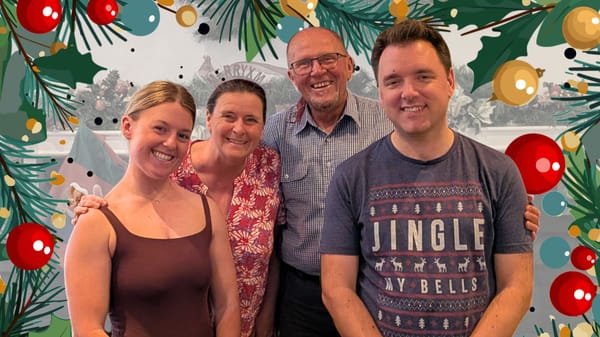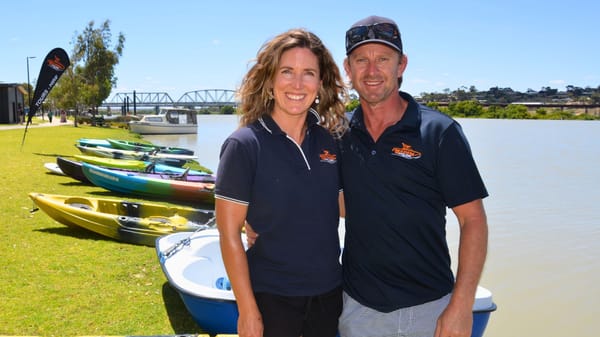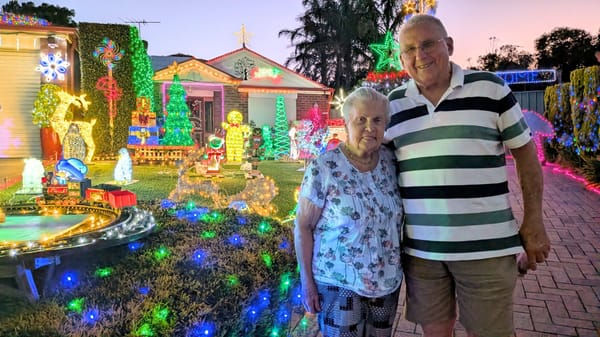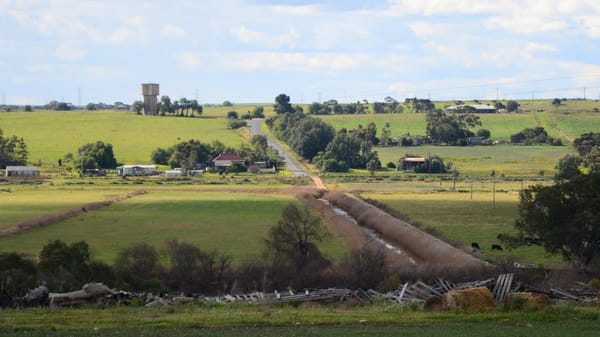Indigenous voice can’t become another ATSIC, Ngarrindjeri leaders warn
A plan for a national Indigenous advisory body has been very cautiously welcomed at a forum in Murray Bridge.

Indigenous Australians need a “voice” which can speak truth to the powerful – but not if it’s subject to the whims of politicians in Canberra.
That was the main message from Ngarrindjeri community members to a federal government delegation in Murray Bridge last Thursday.
A public meeting was held at the town hall to seek feedback on a plan for an “Indigenous voice”, a body which could advise governments on issues affecting Aboriginal and Torres Strait Islander people.
Ngarrindjeri elder Moogy Sumner warned that any voice would need to be much stronger than the old Aboriginal and Torres Strait Islander Commission (ATSIC), which played a similar role between 1990 and 2004.
“If we don’t dance to their tune, are they going to close it down like they closed ATSIC down?” he asked.
Yes, ATSIC’s leaders had made mistakes, he said; but so had Australia’s current crop of MPs, and no-one had threatened to close down Parliament.
Former Ngarrindjeri Regional Authority chair Eunice Aston said Indigenous people were “sick of being the poor cousins, sick of being pushed around when we don’t meet the needs of the government of the day”.
She hoped the final proposal for a voice would be something everyone could support.
“If we don’t come up with a process that’s going to be sustainable and suitable for all of us, there’s no use having anything,” she said.
Ngarrindjeri need one voice, loud and clear, NRA chair says
The strength of the proposed voice was not the only issue raised on the day.
Current NRA chair Harley Hall wondered why another local voice was needed at all, when Ngarrindjeri already had both the regional authority and Ngarrindjeri Ruwe Empowered Communities.
Adding another voice to the mix would only confuse things, he said.
Worse, Moorundi health service executive Steven Sumner said: if there were multiple organisations representing Ngarrindjeri, governments would just go to the group that suited them.
Several people argued that local councils, not just national and state governments, were powerful and needed to be included in any proposal.
Former NRA chair Derek Walker worried that the whole idea would amount to nothing unless it was finished before the next federal election, due late this year or early next year.
There was also criticism of the National Indigenous Australians Agency, the federal government department which called Thursday’s meeting.
One attendee sugggested that the NIAA tried to exercise too much control over funding and governance of local Aboriginal organisations.
Have your say on the Indigenous voice proposal
The current conversation had its origins in the 2017 Uluru Statement from the Heart, in which representatives of all Indigenous Australians called for truth-telling about our nation’s past and the creation of a voice that would steer it towards a fairer future.
The NIAA has called for public submissions before March 31.
- Have your say: haveyoursay.voice.niaa.gov.au.
- More information: ulurustatement.org.
This story is free to read under the terms of Murray Bridge News’ editorial policy, because it is about a current public consultation. You can help keep local stories like this one free for everyone to read. Subscribe to Murray Bridge News today and support your locally owned news outlet, plus get access to exclusive stories you won’t find anywhere else, for just $5.50 a month.





